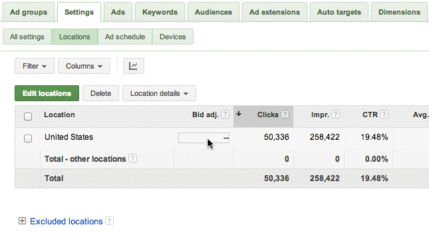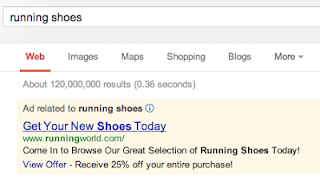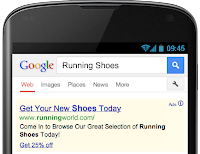Looking at 2013, mobile ad network Jumptap expects tablets to make up nearly a third of mobile devices, and iOS and Android operating systems to completely overpower RIM.
In its February MobileSTAT report, Jumptap reported that in 2012, feature phones still made up 4% of the market share, while smartphones made up 78% share and tablets saw 18%. But looking to 2013, Jumptap forecasts that tablet market share will increase to 29%, with smartphones’s share dropping to 70%, and feature phones coming in at only 2% of devices.

“We think smartphones and tablets can both grow in parallel at the same time, because they perform different functions,” said Matt Duffy, VP of marketing at Jumptap, highlighting how consumers turn to tablets more at night and in lieu of their PCs. Marketers must include tablet advertising and outreach as part of their strategies, he emphasized, even as most tablet owners are more tech-savvy and already own smartphones.
“There is a lot of value with hitting a consumer with a message on their smartphone, but also sending the same message or a follow-up message on their tablet,” Duffy told AdExchanger. “There is a lot of value in at least knowing how much you’re reaching the same consumer on multiple devices.”
In the rest of the report, Jumptap also predicted that iOS and Android will account for 96% of operating system market share in 2013, leaving RIM at 2%.

Samsung continues to be the leader when it comes to Android devices, with its market share rising to 56% from 42% in 2011, and continuing to grow in 2013. Jumptap notes that advertisers hoping to make the most of mobile outreach should not only focus on both iOS and Android operating systems, but also expect that most Android users will be accessing their content via Samsung devices.
In its February MobileSTAT report, Jumptap reported that in 2012, feature phones still made up 4% of the market share, while smartphones made up 78% share and tablets saw 18%. But looking to 2013, Jumptap forecasts that tablet market share will increase to 29%, with smartphones’s share dropping to 70%, and feature phones coming in at only 2% of devices.
“We think smartphones and tablets can both grow in parallel at the same time, because they perform different functions,” said Matt Duffy, VP of marketing at Jumptap, highlighting how consumers turn to tablets more at night and in lieu of their PCs. Marketers must include tablet advertising and outreach as part of their strategies, he emphasized, even as most tablet owners are more tech-savvy and already own smartphones.
“There is a lot of value with hitting a consumer with a message on their smartphone, but also sending the same message or a follow-up message on their tablet,” Duffy told AdExchanger. “There is a lot of value in at least knowing how much you’re reaching the same consumer on multiple devices.”
In the rest of the report, Jumptap also predicted that iOS and Android will account for 96% of operating system market share in 2013, leaving RIM at 2%.
Samsung continues to be the leader when it comes to Android devices, with its market share rising to 56% from 42% in 2011, and continuing to grow in 2013. Jumptap notes that advertisers hoping to make the most of mobile outreach should not only focus on both iOS and Android operating systems, but also expect that most Android users will be accessing their content via Samsung devices.





